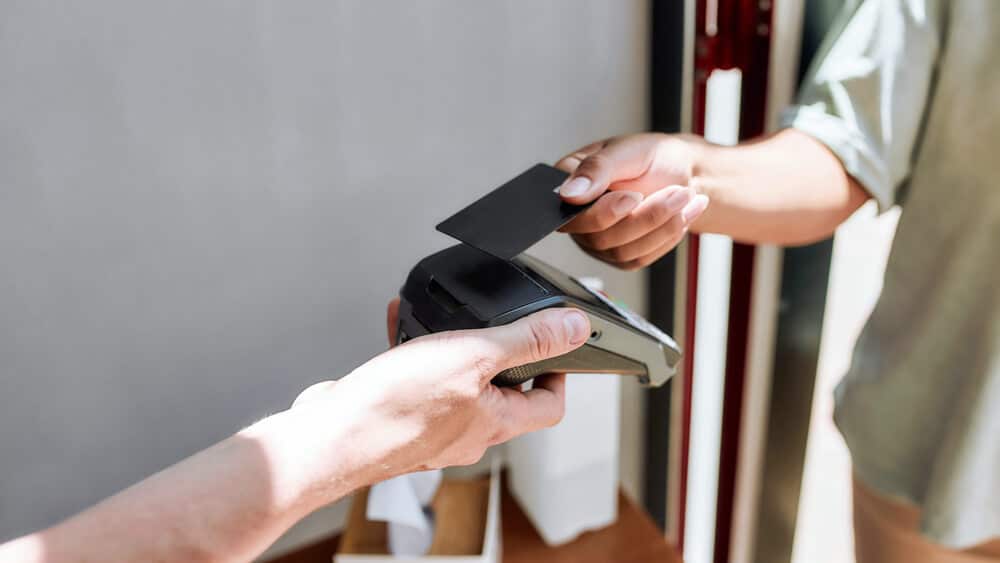When a global pandemic made the world wary of being indoors amongst strangers in 2020, merchants everywhere took stock and reassessed how to get their goods to consumers.
Once thriving brick-and-mortar restaurants became gourmet food purveyors, adding free and contactless delivery, curbside pickup, and online ordering for the safety and convenience of customers.
Big box stores streamlined shopping with “buy online, pickup in store” (BOPIS), and curbside pickup, so customers—for instance, new parents in desperate need of a car seat—would need to do little more than park and pop the trunk, as quickly as two hours after ordering items online.
Contactless is king
As retailers swiftly added ways to make shopping as easy as possible, once popular omnichannel options soon became basic requirements in 2020, including:
- Buy Online Pickup In Store (BOPIS)
- Buy Online Return In Store (BORIS)
- Contactless delivery
- Free delivery
For many businesses, sales had never been higher.
For merchants, however, the convenience of omnichannel shopping came at a cost— particularly when it came to e-commerce fraud and abuse.
BOPIS fraud reality
With this global change in customer behavior, BOPIS fraud numbers saw a sizable jump.
As reported in Forter’s Ninth Edition Fraud Attack Index, in 2020, BOPIS fraud attacks increased by 55%.
“Fraudsters know that retailers, in an effort to ensure seamless customer interactions, will be less likely to cause any friction at the point of pickup,” the report states. “Fraudsters commonly use the victim’s correct billing and personal details, ask for in-store pickup, and then appear in-store while assuming the identity of said victim.”
Delivery abuse risks
When it comes to free delivery, there’s yet another slew of scams.
As some retailers offer free delivery if customers pick up part of their order in-store, the Fraud Attack Index reports that “instead of coming to pick up some of their order in-person, customers will simply apply the free delivery services to larger / higher value items (i.e. an expensive home appliance) and never come to the physical store to pick up the smaller and less valuable items (i.e. household cleaning supplies).” This can leave merchants with an overstock of particular items and confuse their inventory requirements for the future.
The omnichannel future
According to Retailtouchpoints.com, by 2021, 90% of retailers will offer BOPIS, creating new vulnerabilities—both for legitimate customers to abuse, and e-commerce fraudsters—to exploit.
And with flexible return policies, promo and coupon prevalence, and resellers trending, policy and return abuse is set to spike.
But what can merchants do to protect themselves?
Protection across 100% of customer touch points
We now know that omnichannel shopping options create greater risk for e-commerce fraud and abuse.
But retailers can mitigate this e-commerce fraud risk without sacrificing customer experience and the uptick in sales.
The answer is two-fold:
1. Have seamless connectivity between shopping channels
That means applying security and protection to every type of purchase—online delivery, curbside pickup, BOPIS, and BORIS.
2. Accurately identify and distinguish legitimate customers from e-commerce fraudsters
Forter’s global merchant network identifies more than 800 million unique identities across all channels and interactions along the customer journey. This includes offline transactions, site-to-store, and all types of transactions and interactions in between.
This approach leads to a higher level of protection, no matter the channel, customer, or merchant.
Want to learn more? Read the full Fraud Attack Index and better secure your shopping experience—across channels—today.



